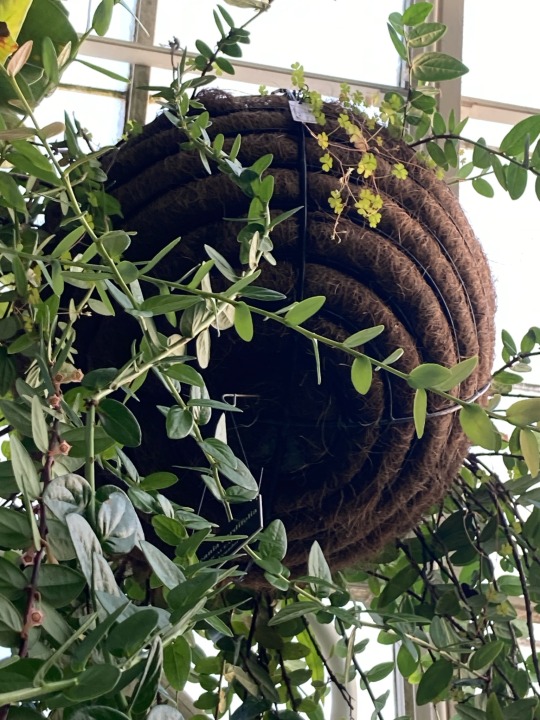#bracteata
Photo
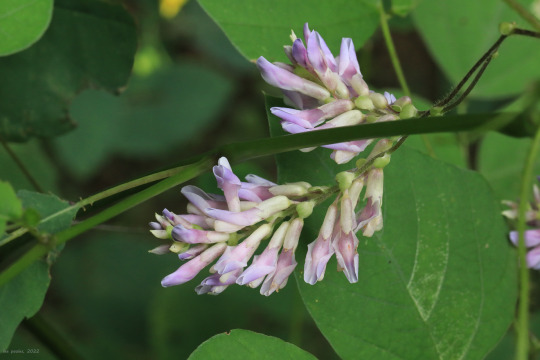



American hog peanut (Amphicarpaea bracteata), a shade-tolerant annual vine in the pea family (Fabaceae), is one of Nature’s great “nitrogen-fixers” - plants that store nitrogen in their roots with the help of symbiotic bacteria and then release it into the soil when they die, thus enriching the earth for other plants. In addition to its nitrogen-fixing qualities, American hog peanut produces an edible ground nut, along with non-edible seed pods that resemble typical pea pods. This lovely twiner blooms in mid to late summer in Central Appalachia and serves as a valuable food source to game birds, such as bobwhite quail, and rodents, such as the white-footed mouse and meadow vole
#appalachia#vandalia#west virginia#pea#legume#fabaceae#amphicarpaea bracteata#american hog peanut#mon river trail
68 notes
·
View notes
Text
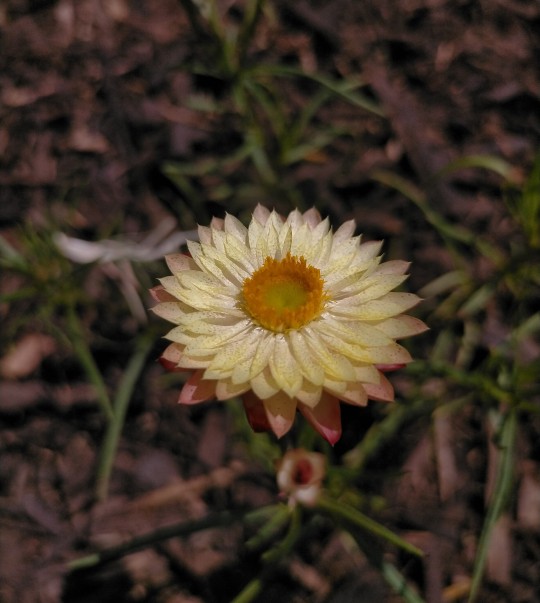
Xerochrysum bracteatum 'Kimba Jewel'
15-JAN-2023
Melbourne, Vic
#australia#victoria#melbourne#flower#inflorescence#australian natives#native flowers#yellow#yellow flower#bracteantha kimba jewel#kimba jewel#bracteantha bracteata#everlasting daisy#paper daisy#strawflower#asterids#asterales#asteraceae#xerochrysum#xerochrysum bracteatum
8 notes
·
View notes
Text
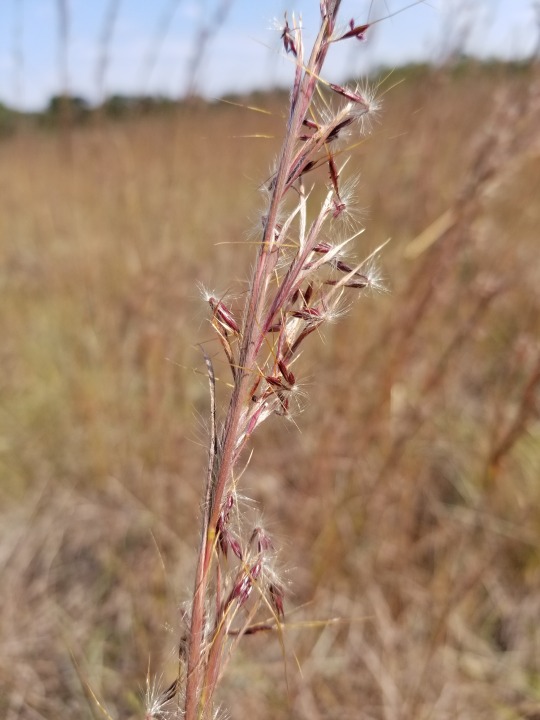


Can a grass be beautiful? Sure it can! Grasses don't get much prettier than Hyparrhenia bracteata, which is native to South America as well as (apparently) much of Africa and parts of Southeast Asia. These individuals were photographed in Bolivia. A high-quality forage species, cattle love to eat H. bracteata, and will wipe it right out without proper management. Seeing this grass growing well is a good sign - it means farmers are taking care of the prairie!
21 notes
·
View notes
Text


I've never offered anyone free plants and them say no until today 🤷🏽♀️
3 notes
·
View notes
Text
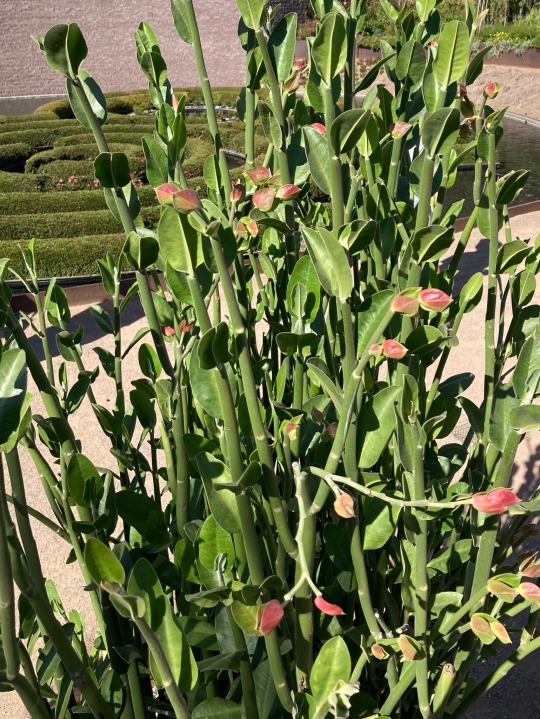

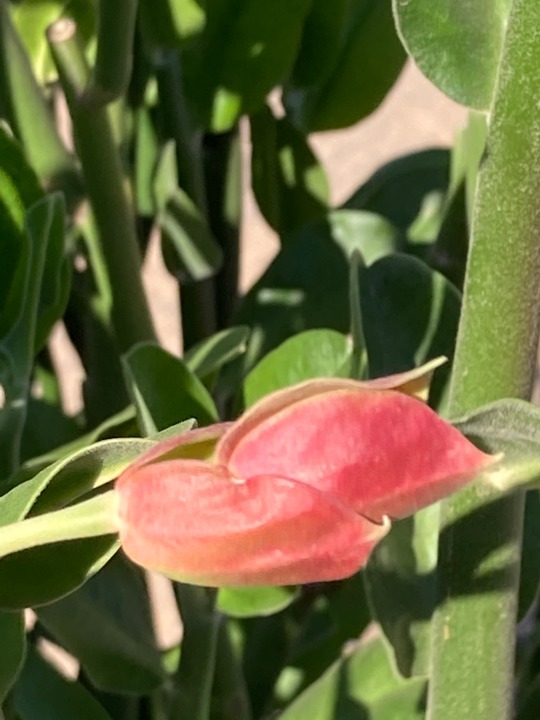
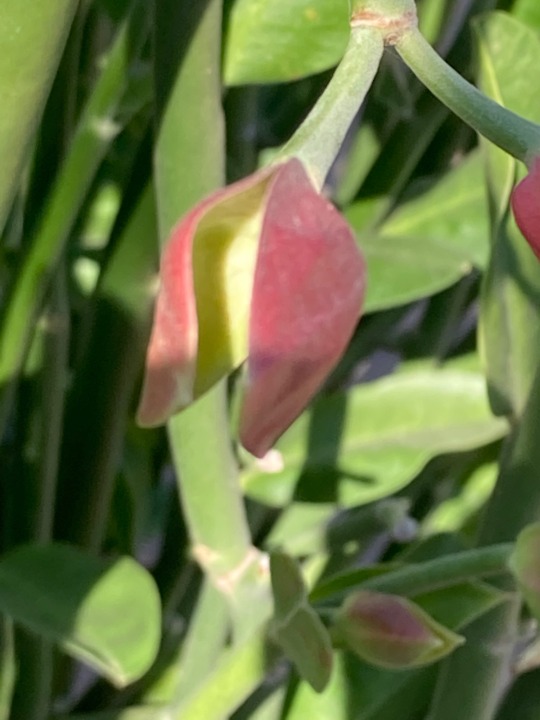


#slipper plant#euphorbia bracteata#flowering succulents#bracts#euphorbiaceae#garden#getty center#los angeles
2 notes
·
View notes
Text
Noni
O noni, cujo nome científico é Morinda citrifolia L., é uma fruta originária do Sudeste da Ásia, Indonésia e Polinésia, sendo muito usada nesses países devido às suas supostas propriedades medicinais e terapêuticas. Manuel Reis – Tua Saúde. fev 2024
O gênero Morinda compreende 50-80 espécies de plantas localizados na faixa tropical da África, Austrália e Ásia. O noni é nativo da Ásia (faixa…
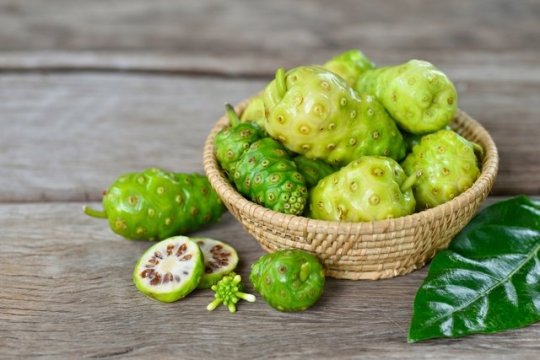
View On WordPress
#A casa do agricultor#açúcar sugar alto teor de açúcar#anti-inflamatória#antimicrobianas e hipoglicemiantes#antioxidante#antioxidantes#Austrália e Ásia faixa costeira de Índia# Morinda bracteata Roxb.# Morinda officinalis F.C. How China ba ji tian MTC# Morinda tinctoria Noronha# sensação de mal estar danos aos rins fígado# Sinonímias: Morinda asperula Standl.#útero fertilidade#bioquímico Ralph Heinicke investigação da fruta noni 1985#BOTSARIS 1995#cheesefruit#combate ao envelhecimento precoce aumento da imunidade#composto extraído das raízes de noni propriedades anticancerígenas#crescimento de tumores glândulas mamárias#doce e amornante#doença hepática gordurosa não alcoólica (DHGNA) e diabetes tipo 2#efeitos relaxantes do tono muscular uterino#erva adstringente urina#Evidência científica#faixa tropical da África#fruta originária do Sudeste da Ásia#gestação último mês#graviola fruta-do-conde#Hawaii e Austrália#hipo-tensora arterial e anticancerígena
0 notes
Text
Aechmea Bracteata Pacifica
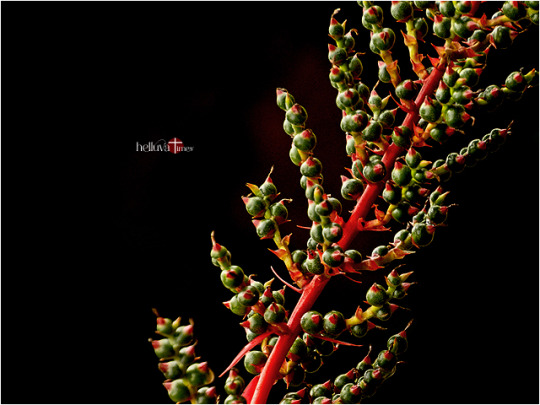
Aechmea Bracteata Pacifica blooming in the Gardens by the Bay. Photo credit: Jonathan Chua.
Came across this bromeliad under an overcast sky. In fact, the sky opened up soon after this photo was taken. A 1-1/3 stop underexposure was applied here to isolate this. And then the image was cropped to compose in post.
#photographers on tumblr#aechmea bracteata pacifica#aechmea photos#canon eos rp#canon photography#flora fauna#flora photography#flower pics#photography editing#photography tips#tamron 16-300mm
0 notes
Video
n384_w1150 by Biodiversity Heritage Library
Via Flickr:
Histoire des arbres forestiers de l'Amérique septentrionale,. Paris,L. Haussmann,1812-13.. biodiversitylibrary.org/page/27130333
#North America#Trees#University of Pittsburgh Library System (archive.org)#bhl:page=27130333#dc:identifier=http://biodiversitylibrary.org/page/27130333#artist:viaf=46766391#Botany#Leaf#Flower#François André Michaux#flickr#fevertree#georgia bark#pinckneya pubens#pinckneya bracteata#pierre joseph redoute#botanical illustration#scientific illustration
1 note
·
View note
Text
Went on a hike with the missus this weekend, found a bunch of fun plants native to southern WI.
Longbract Wild Indigo (Baptisia bracteata):

My new fave wild plant name, hairy puccoon (Lithospermum caroliniense):

The Philadelphia lily (Lilium philadelphicum). We gotta start calling this beauty the Philly lily:
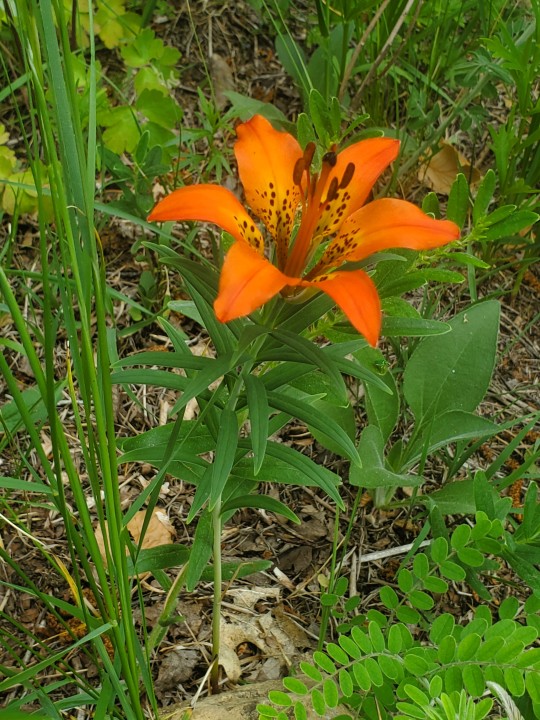
And possibly my favorite, goats rue or devils shoelace (Tephrosia virginiana). They are toxic to animals & humans but I love their 2-tone flowers and weird leaves:


#native plants#wisconsin#longbract wild indigo#Baptisia bracteata#hairy puccoon#Lithospermum caroliniense#philly lily#Lilium philadelphicum#wood lily#aka philadelphia lily#goats rue#devil's shoelace#Tephrosia virginiana
0 notes
Text
Wildflower Mysteries Along The South Fence...
Wildflower Mysteries Along The South Fence…
Humulus lupulus (Common Hops) on 9-2-22, #908-14.
Hello everyone I hope this post finds you all well and enjoying the cooler temperatures. I have been enjoying the cooler temps, but that means wildflower hunting for the year is coming to an end. I suppose that is OK for a while. That means I can update the plant pages and add new pages for what was discovered in 2022. I added 47 new species for…
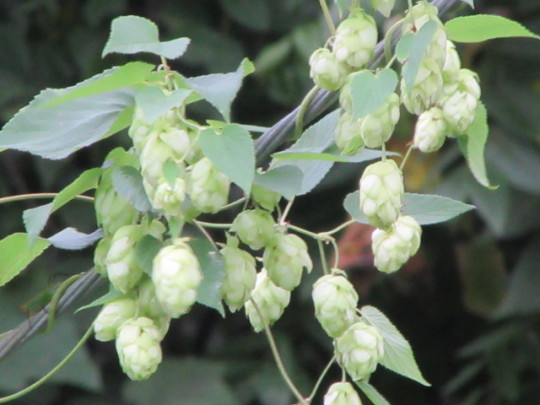
View On WordPress
#Amphicarpaea bracteata (American Hog Peanut)#Fallopia scandens (Climbing False Buckwheat)#Humulus lupulus (Common Hops)#Pisaurina mira (American Nursery Web Spider)#Toxicodendron radicans (Poison Ivy)
0 notes
Photo

Anteros bracteata
896 notes
·
View notes
Text

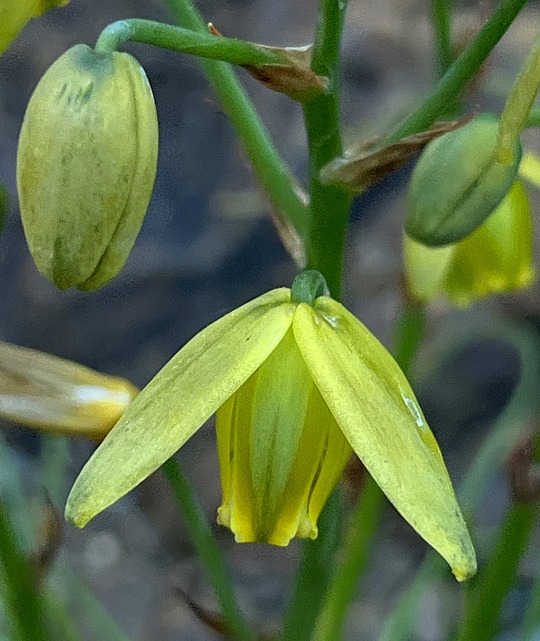
Albuca juncifolia
Albuca is a genus of bulbs in the Hyacinth Family (also sometimes classified as the subfamily Scilloideae within the Asparagus Family). Many of the species come from South Africa, including Albuca juncifolia. A closely related genus is Ornithogalum, and some species (such as the "pregnant onion", Ornithogalum bracteatum/Albuca bracteata, have been given names in both genera). In general, Albuca species have 3 spreading tepals (or petals) and three that are cupped in the middle, while in Ornithogalum all six are spreading, but this is not always true. Albuca juncifolia is native to the winter-rainfall area in southwestern South Africa, and it goes dormant in the summer.
-Brian
13 notes
·
View notes
Text

Albuca bracteata. También llamada "Cebolla de la suerte" "Cebolla de la la abundancia variegada"
8 notes
·
View notes
Text

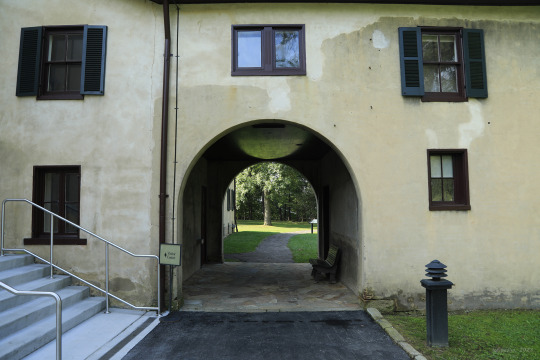
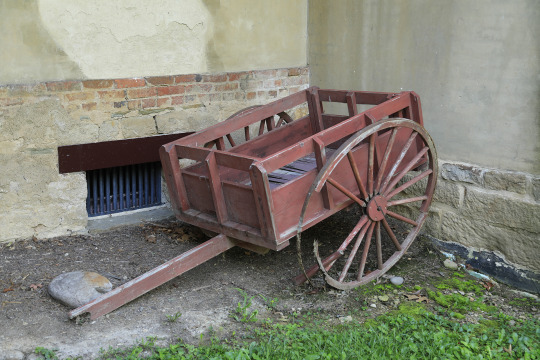


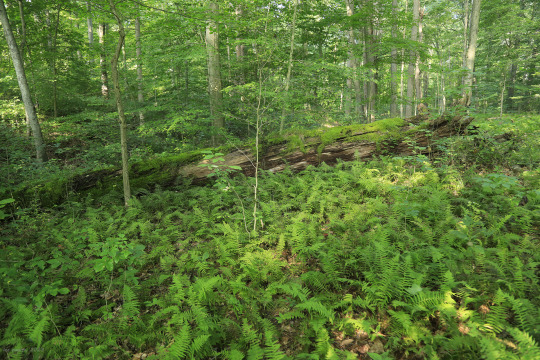

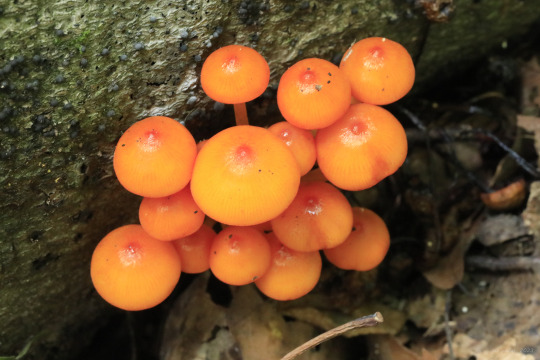
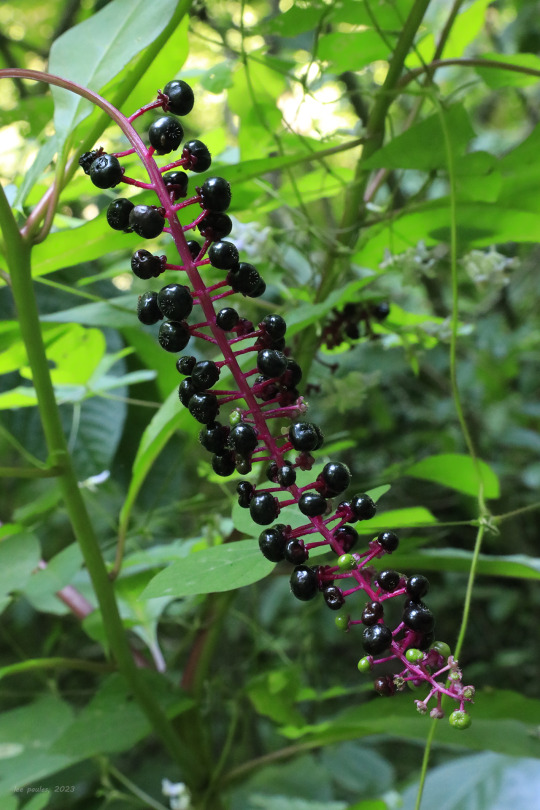
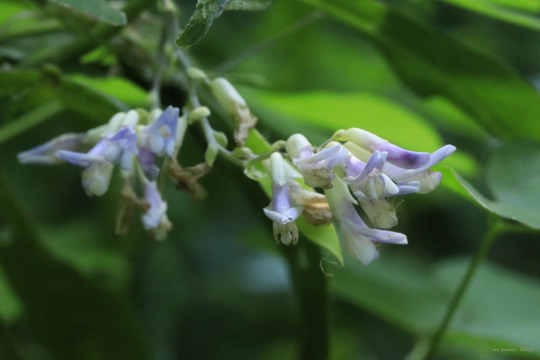

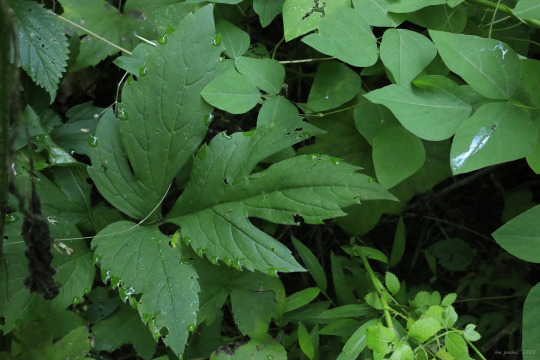
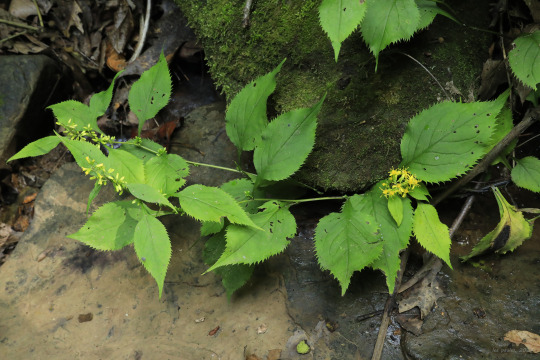
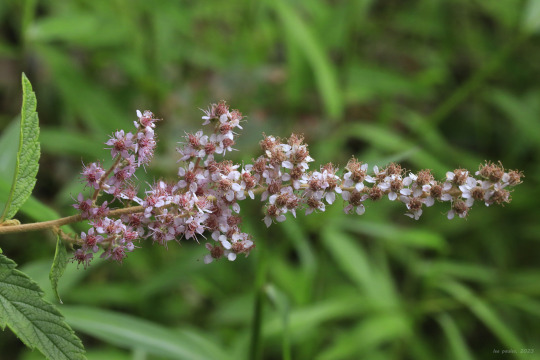
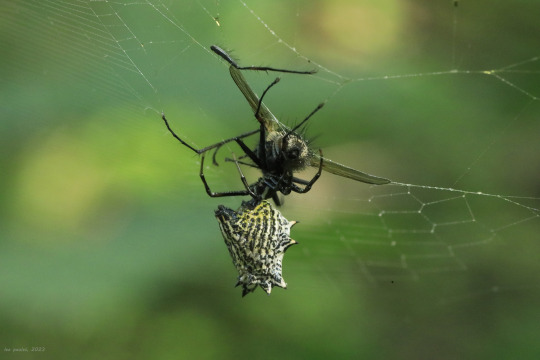

A few photos above from an early morning hike at the Friendship Hill National Historic Site near Pt. Marion, Pennsylvania. If you want to learn more about the history of this sprawling estate, you can go to this link or search for prior posts from the main search page of my Tumblr blog. In addition to the historic homestead of Albert Gallatin, the park features ten miles of hiking trails through verdant oak-hickory and riparian forests. This time of year, the Central Appalachian forest is rich with fungi, legumes, berries, and the loveliest orb-weavers imaginable.
From top: wingstem (Verbesina alternifolia), also known as yellow ironweed, a late summer aster so named because the petioles of its leaves run down the plant's stem; northern spicebush (Lindera benzoin), a gorgeous native shrub whose bright red berries in late summer are followed by the most extraordinary gold foliage in the fall; orange mycena (Mycena leaiana), a lovely, gregarious fungi of deciduous logs whose pigment has shown antibacterial and anti-cancer properties; the ripened but dangerously toxic berries of pokeweed (Phytolacca americana), whose young leaves are used by mountain folk to make poke sallet (but only after repeated cleansings to remove the toxins); American hog-peanut (Amphicarpaea bracteata), a lovely twining vine whose roots and ground nut are edible; cutleaf coneflower (Rudbeckia laciniata), also known as green-headed coneflower and wild goldenglow, a close relative of black-eyed Susan with gorgeous, pinnately-dissected leaves (the leaf photo also shows the characteristic tri-foliate leaf pattern of hog-peanut); zig-zag goldenrod (Solidago flexicaulis), one of two adorable woodland goldenrods that grow in this area (the other being blue-stemmed goldenrod), both of which produce clusters of brilliant yellow flowers in both their leaf axils and at the ends of their stems; steeplebush (Spiraea tomentosa), also known as hardhack, which produces delicate plumes of pink flowers in late summer; a spined micrathena (Micrathena gracilis), which has ensnared a fly in her web; and an arrowhead orb weaver (Verrucosa arenata), also known as a triangle orb-weaver, a sparkling gem of an arachnid that reels in its prey like a fisherman dragging in a net.
#appalachia#vandalia#wildflowers#flora#summer#arachnid#pennsylvania#friendship hill national historic site#fungi#orange mycena#wingstem#yellow ironweed#northern spicebush#pokeweed#american hog-peanut#cutleaf coneflower#green-headed coneflower#wild goldenglow#zig-zag goldenrod#steeplebush#hardhack#orb-weaver#spider#spined micrathena#arrowhead orb-weaver#triangle orb-weaver
23 notes
·
View notes
Text

7 notes
·
View notes
